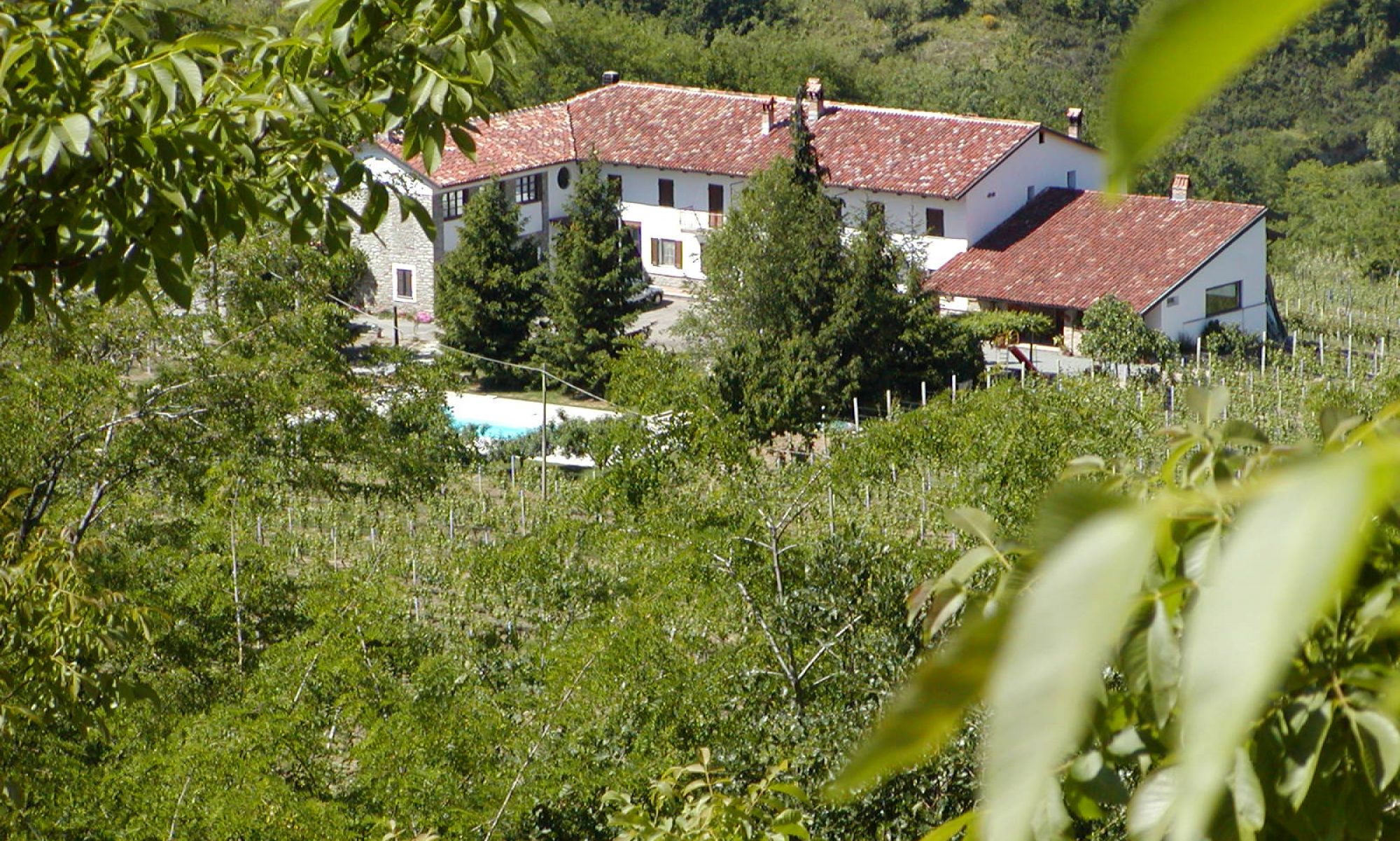And it is precisely thanks to our soil characteristics and our microclimate that we produce excellent food and wines. I am referring to six products that all the world envies us for because of their exceptional taste and quality, which I called the SIX BIGS.
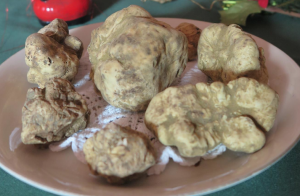
WHITE TRUFFLE
Simply amazing are those found on the river banks, and if grown under the shad- owy umbrella of an oak tree we can bow to the intensity of their scent and flavour. The best way to savour truffle? Crumble a bit and delicately chew it, keeping in the mouth for a while absorbing all its delightful flavour. All with a lovely plate of egg “Tajarin” (Piedmont egg noodles) and a soft egg yolk in the middle of the Tajarin nest. Shaving thin slivers of white truffle assures the best results.
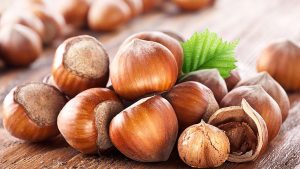
PIEDMONT HAZELNUT (also known as GENTILE)
The very name evokes the product before us: a product used for cakes, but which also appears in savoury local cuisine. Combined with chocolate, it made Piedmont world renown for fine chocolates and pastry making. When our hazelnuts are toasted the in- tensity of their flavour is more persistent than that of hazelnuts from anywhere else. I remember one day in New York at the Pozzo patisserie belonging to the Bianchi Brothers of Mobercelli (Asti), the clients marvelling at the delicious flavour spreading from toasting hazelnuts.
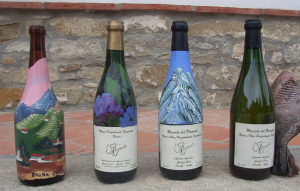 THE WINES
THE WINES
THE WINES
Barolo, Barbaresco, Asti Spumante and Moscato d’Asti, are three wines from these area ranking amongst the first seven out of the 200 DOC Italian wines. Here wines were known since Roman times.
Barolo is ‘the King of wines and the wine of Kings’. Barbaresco, for me, is the Queen of wines, as it is finer, more delicate and perfectly balanced.
These are wines with great structure, and thus, they can be drank after many years from harvest. They are well suited for main dishes, and above all with game: hare, pheasant, partridge, woodcock, once found on our hills, which we offered to clients experts in sublime delicacies which deserved a trip into the Langa and Monferrato. Now our area is populated by wild boars and roe dears, beautiful and protected, but a hindrance to agriculture and dangerous for drivers. Moscato d’Asti and Asti Spumante, a nectar for desserts, with an extremely pleasant scent and flavour. A good way to make a toast with a bang at the end of meal. Its subtlety, coupled with very few light bubbles, gives a creamy texture to sophisticated desserts and cakes available in our local pastry shops.
In Piedmont, besides these 3 top wines, we find other forty varieties, some from indigenous cultivar and other developed through a long term knowledge of vine growing and wine making. Unlike French wines, whose cultivars are grown worldwide, Italian wines cultivars are not found outsides their area of origin, except as experiments and not as effective production. Vine grown outside its area would not have the same organoleptic characteristics. This is because each cultivar has a place of origin and suitable production conditions that make wine typical. Generally, each product has its own place of origin. In Italy we have soil types, variety of climate and vegetation zones, which cannot be found in the rest of the world. And this is why our peculiarly concentrated flavours and intense aromas are not equally exciting when produced elsewhere.
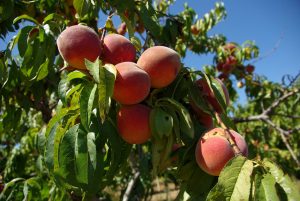
FRUIT AND VEGETABLES
Mostly are grown in rich vegetable gardens, close to a river, in small, medium and large family owned farms, often for five, six generations. Some famous examples are the square pepper from Motta di Costigliole and the cardoon, known as “gobbo” (bent)from Nizza Monferrato, and then the great variety of fruit, never grown in large quantity and areas, with the exception of the “divine” San Marzano tomatoes. Traditionally fruit trees were cultivated for family consumption, along the roads, around the perimetres of fields, mostly in areas not suitable for other crop. They provided a shelter during the short breaks that manual labourers took when working in the fields.
After about a decade fruits would be in excess for the family and were sold on local markets. Very tasty natural fruit: apple, pears, peaches, plums, cherries, apricots. Very sturdy and resistant trees would be used on which the new varieties would be inserted.
I planted a peach orchard using almond trees on which I inserted the peach variety “Ala”, obtaining very compact yellow peaches with an almond scented red core. These peaches would be cut in small slices and introduced in sparkling wine bottles, closed with the original cork after having put it over steam to increase its volume. These bottles, then would be simmered in bain marie and thus preserved. The wood from these trees would also be very precious, because of the trees longevity, their growth without artificial irrigation, would make it very hard, com- pact and sturdy, while the fertile soil would assure a good yield and beautiful veins, accumulated over the years.
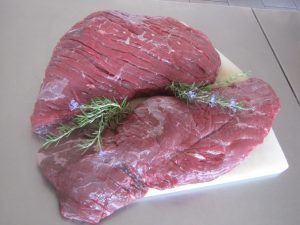 MEAT
MEAT
Not only Piedmont Fassona cow meat, but also kids, rabbits and capons and “fat ox” are at the top of the best meats. Fed with natural local products, their quality will emerge through flavour and taste when cooked.
Visiting these farms is a real pleasure, which always offers some new take on products or new products. At the same time there is a desire for maintaining typical productions, that although are not very remunerative are driven by passion and tradition.
CHEESE
Robiola di Roccaverano, the simplest and best cheese in the world. Starting from goat’s milk, which is the best, because it is the lowest in fat and cholesterol, the easiest to digest, the least allergenic, and the most nutritious. In fact, in the old days, when a mothers could not breastfeed, or if babies were allergic, they would be raised on goat’s milk. The simplest and most natural of cheeses: milk milked in the evening and on the following morning is put in a container where natural cow rennet is added to favour curdling; after 24 hours this is transferred into a container called “fascella” each containing 300gr of curdled milk; the whey is allowed to drain for another 24 hours, the fascella are turned and salt is added, after another 24 hours it is turned again and salt added and the other side. When visiting a cheese farm (most of which are family owned and use traditional methods) if we ask to taste this cheese in the making on the second day, when only one side has been salted, we would understand why this cheese is so superior.
This cheese was already in production in 1200AD, and it is almost impossible to find it outside our area, both because of the very small size of the producers and because it is difficult to transport (being a cheese to be consumed within 4-15 days, it remains moist and it wets the packaging). For those who love cheese with a strong personality, this is a wonderful quality product. In fact, if seasoned over one year, it becomes very strong, however it keeps, its soft texture, typical of goat’s milk processed in such a basic way.
